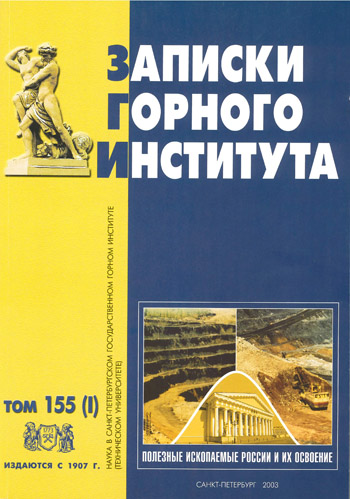Determination of pouring fluid column height when drilling deep wells in ice sediments
- Postgraduate student G.V. Plekhanov Saint Petersburg State Mining Institute
Abstract
When drilling deep wells in thick ice deposits, significant difficulties arise in maintaining an open borehole due to the specific viscoplastic properties of ice. At present, there are many ways to fight wellbore swarming while drilling in ice. The most effective and reliable way is filling of boreholes with non-freezing pouring liquids, as the temperature of borehole walls in ice deposits is rather low: for example, ice temperature at Vostok Station (Antarctica) is up to minus 55-57°С at a depth of 20-50 m and minus 5-10°С at a depth of 3500 m and more. Filling fluids are usually formed on the basis of ecologically clean glycol mixtures and have density 0.95-0.96 g/cm3. The success of wells in such conditions depends on correct determination of necessary height of filling the well with filling fluid in order to avoid appearance of elastic deformations and ice creep contributing to wellbore contour floating and stoppage of drilling tool down the previously drilled part of the wellbore. Taking into account the equilibrium between lateral stress and pressure of the pouring fluid column, as well as the maximum deformation in the transverse direction, a dependence for the height of the pouring fluid column was obtained. The methodology was tested while drilling a deep borehole (total depth of more than 3620 m) at Vostok Station (Antarctica).
